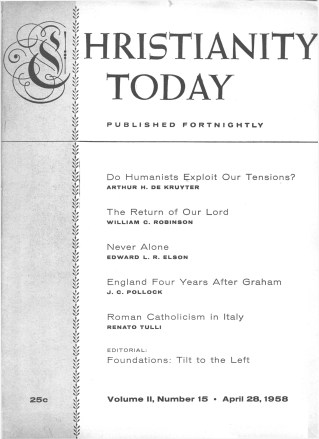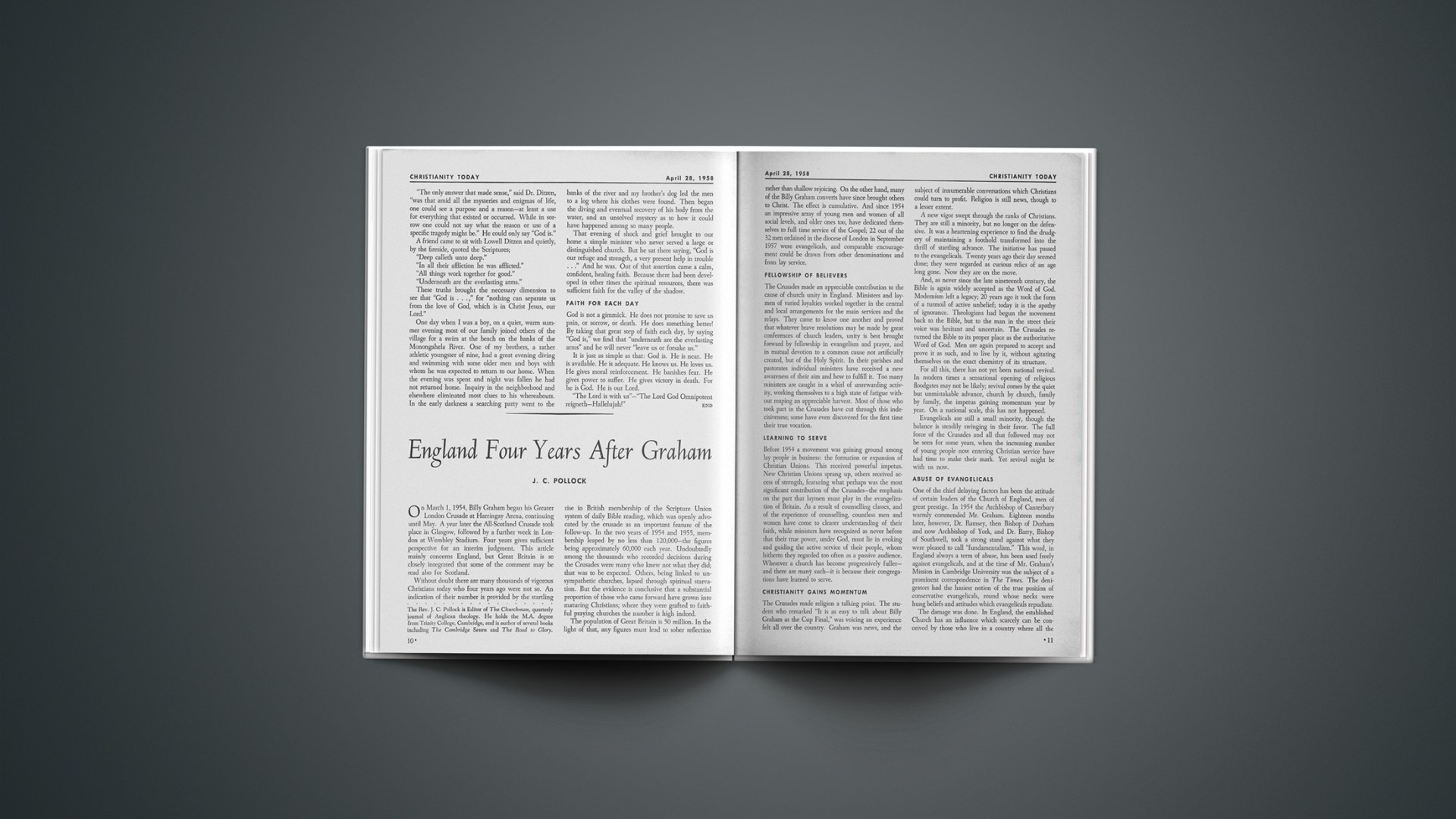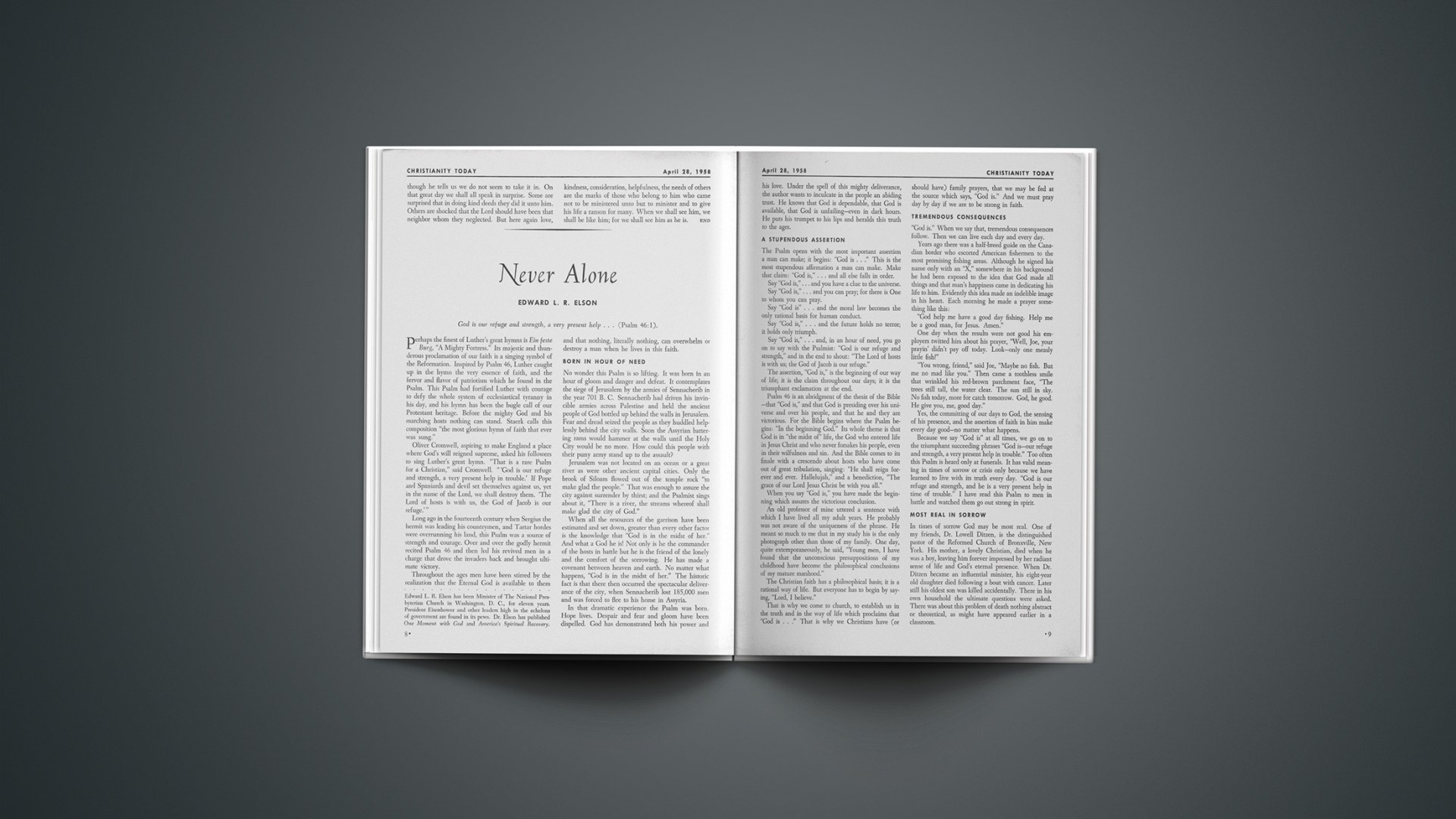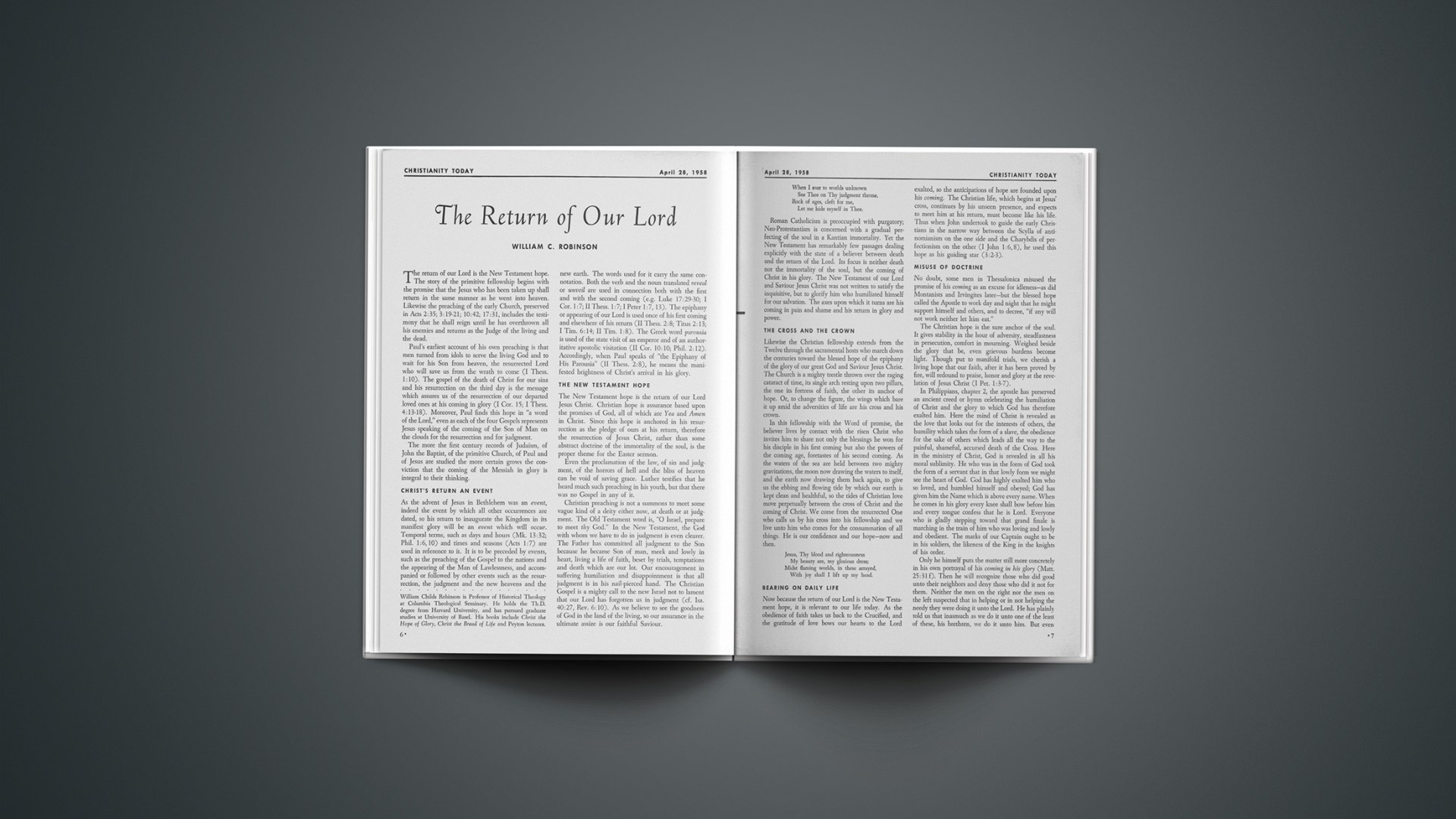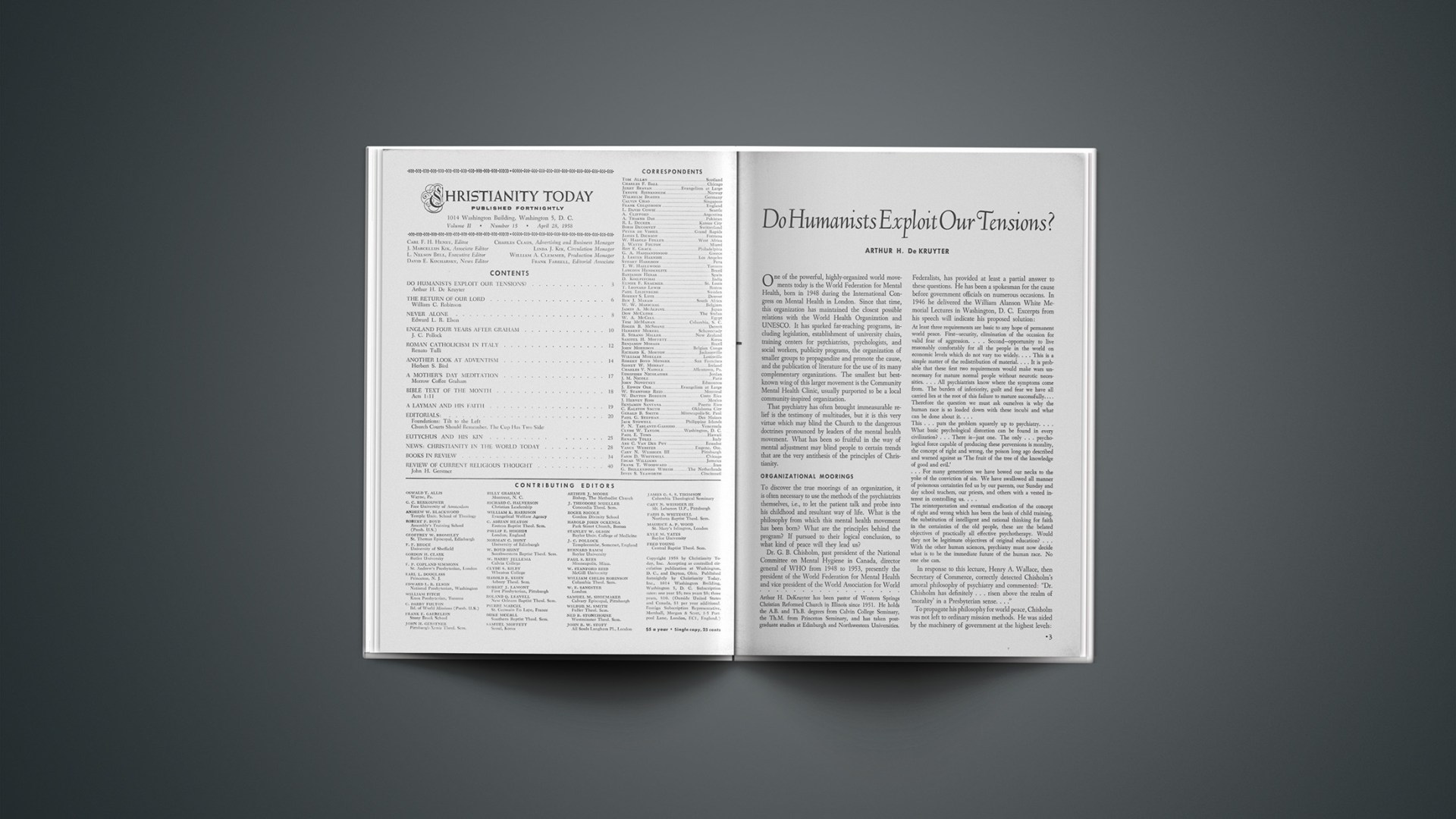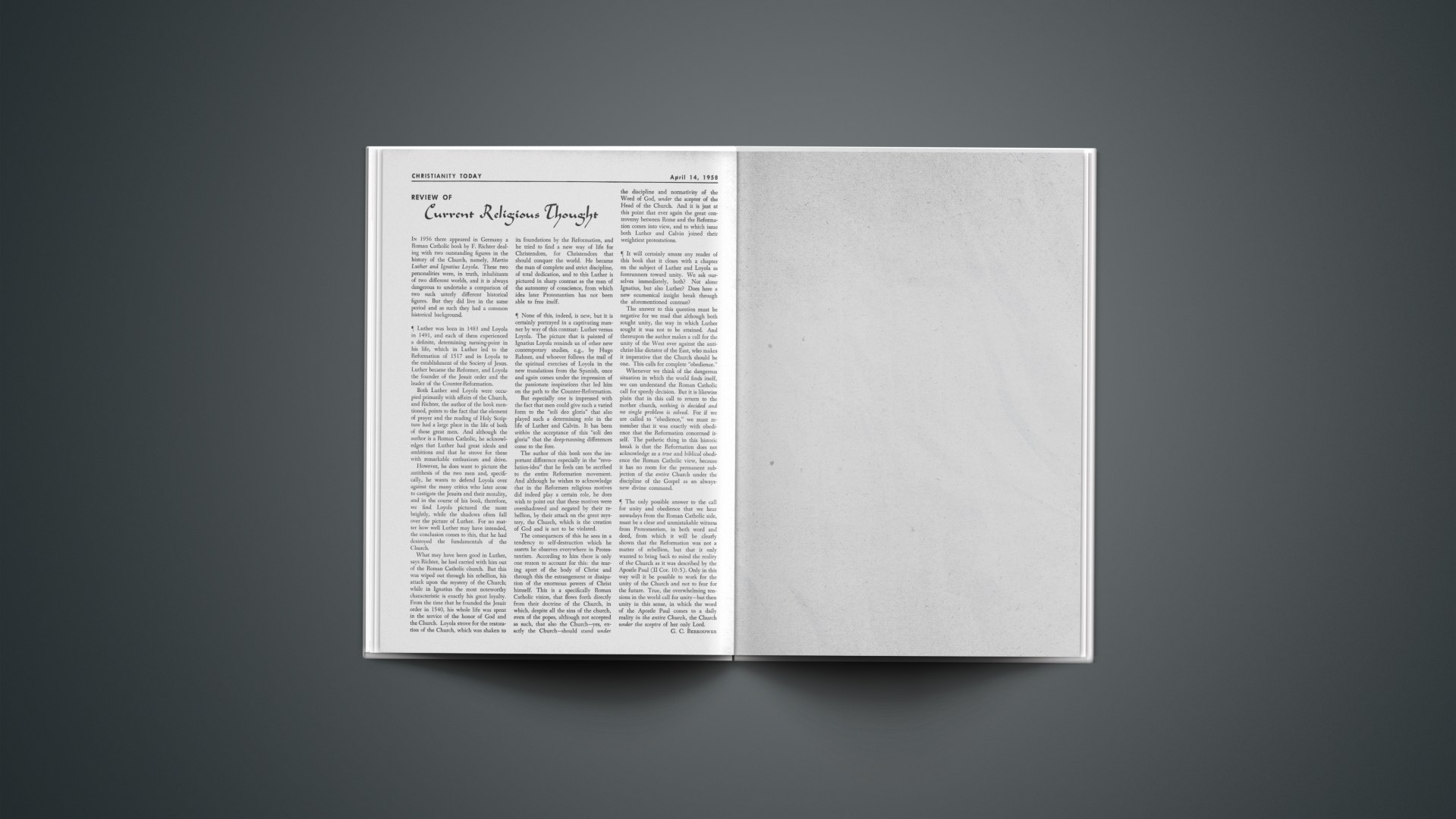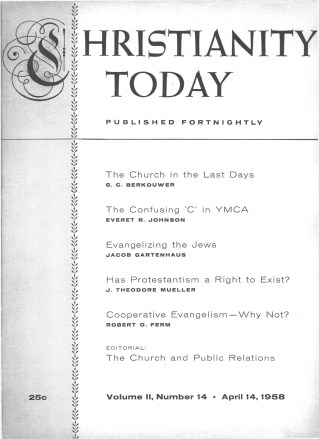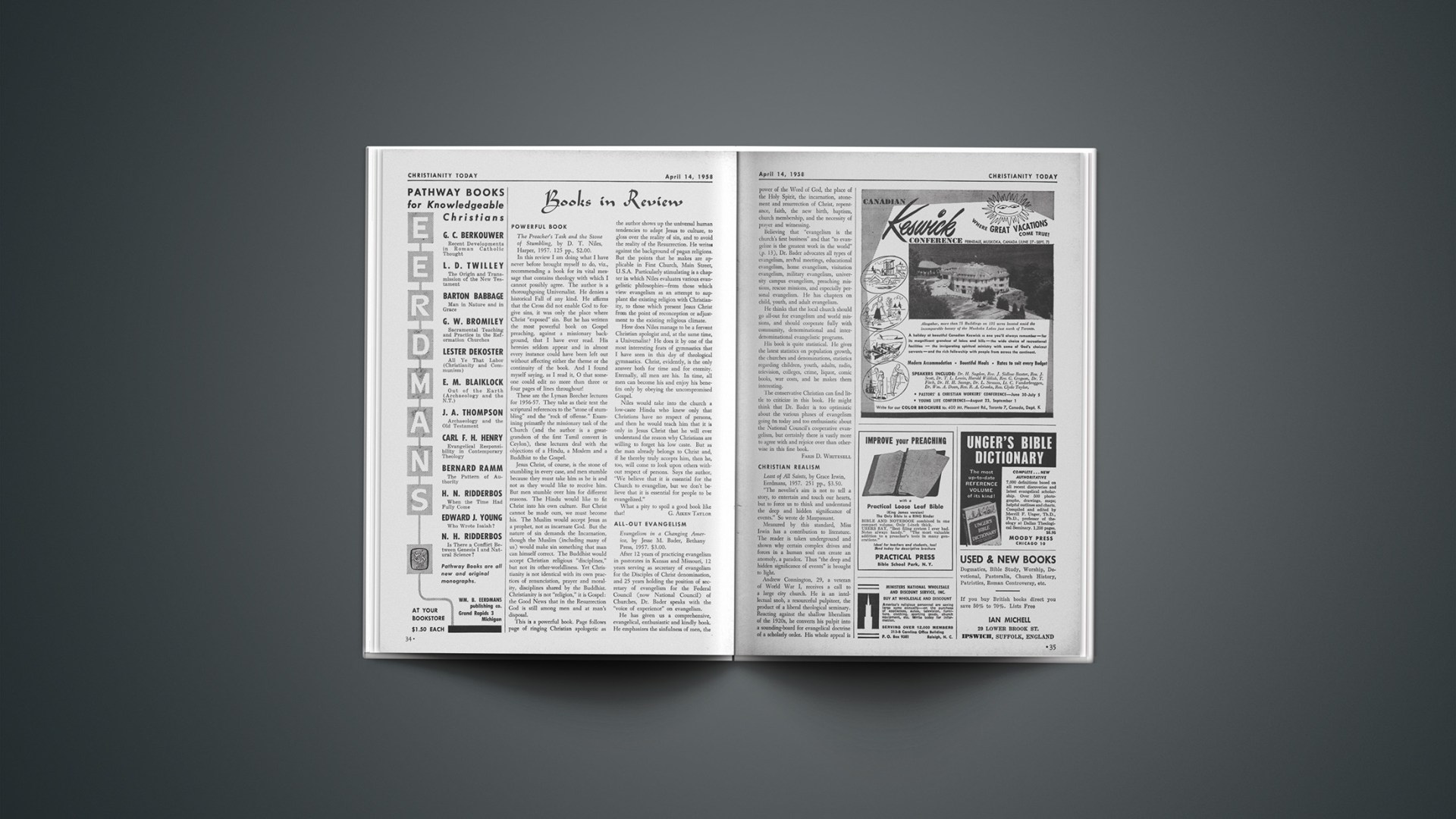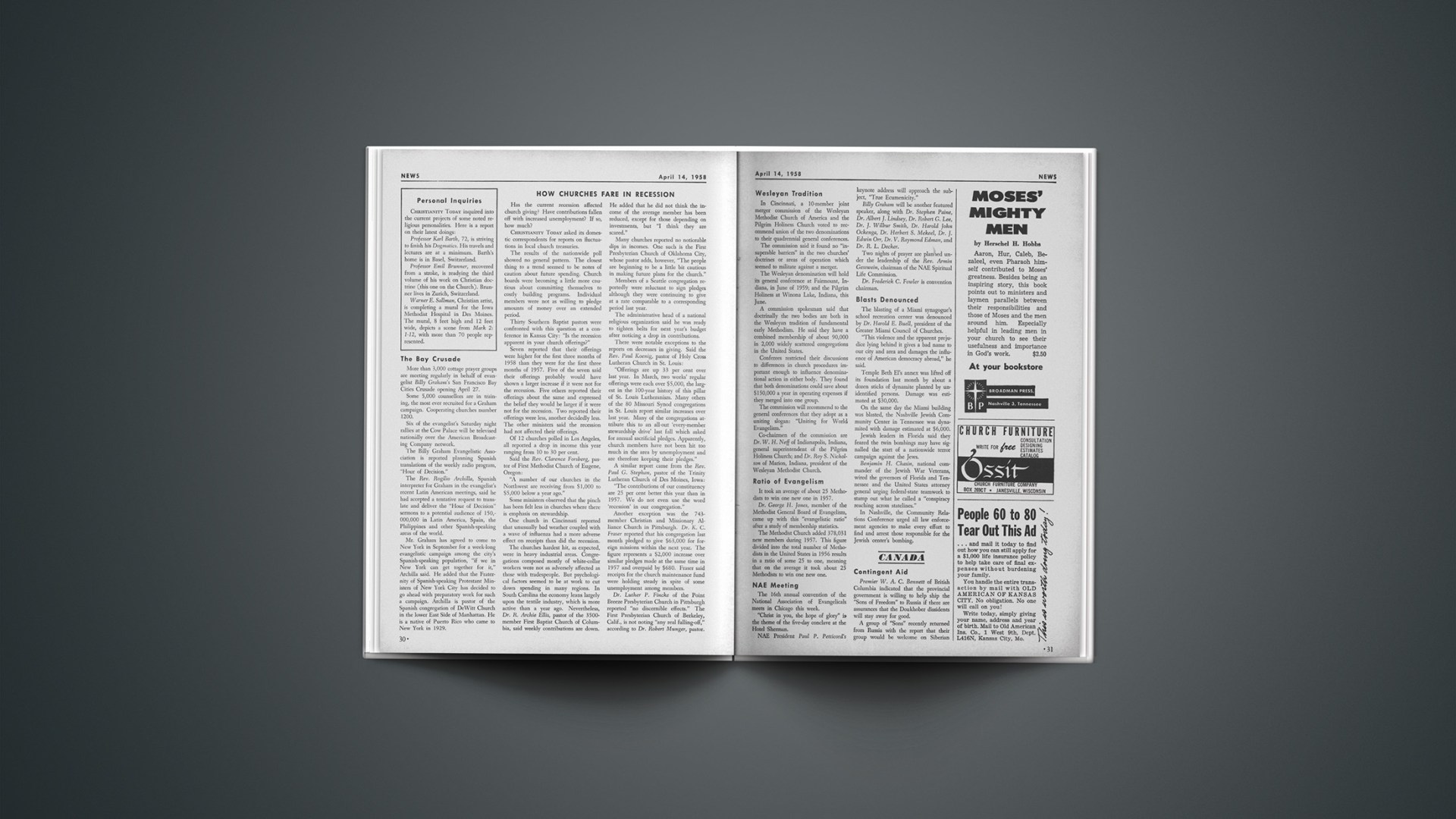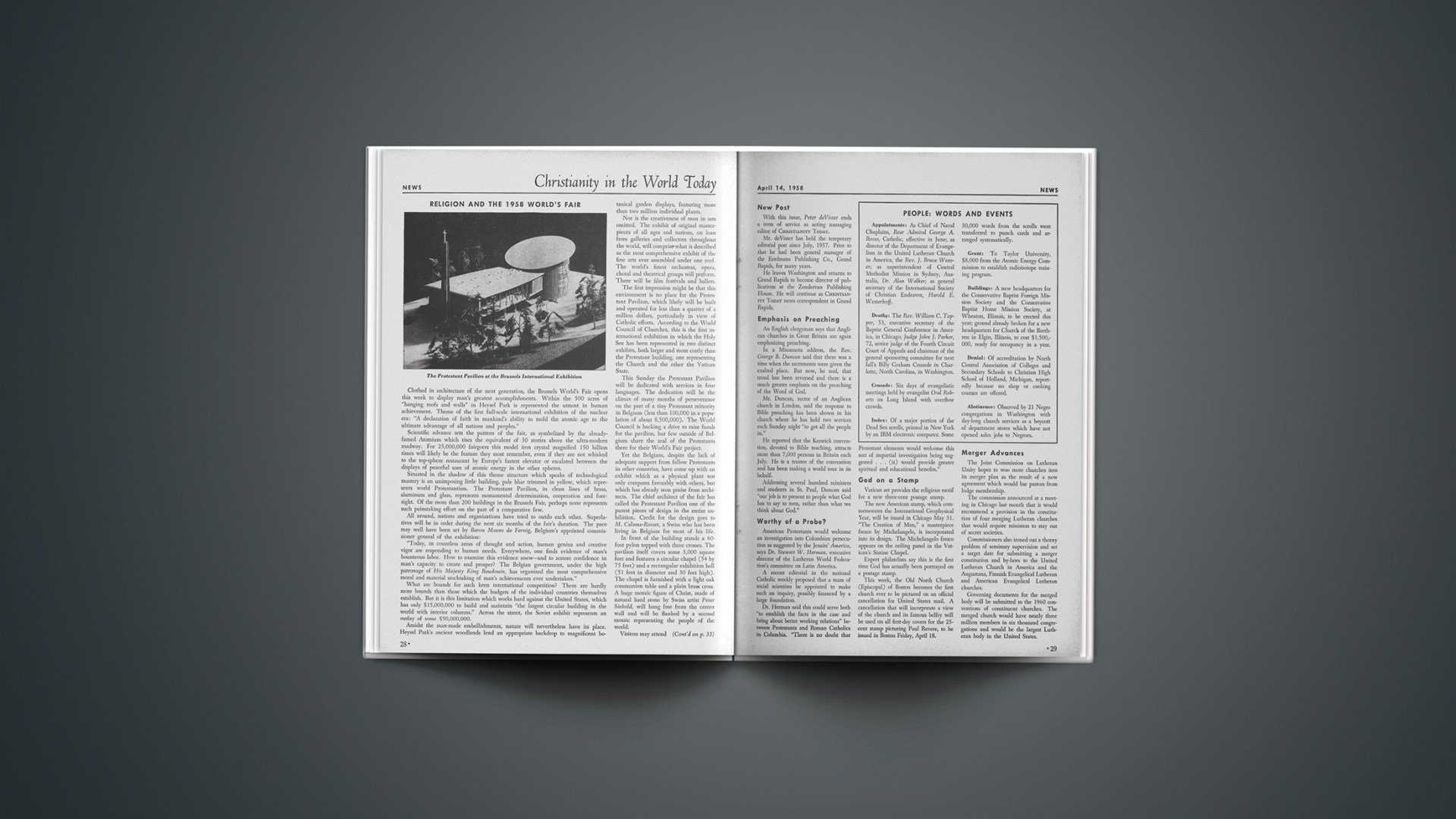Of all Christian denominations, the Roman Catholic church is the one that counts the most members in the world. She also possesses the most elaborated doctrinal structure and the strictest disciplinary organization. However, it is not the purpose of this article to argue whether numbers, for a religion, are an absolute title of pre-eminence, and whether the spiritual action of a church depends upon a centralized mechanical bureaucracy. I only intend to focus objectively Roman Catholicism just as it is and the impact it is making on Italy today.
What Rome Asserts
The Roman church claims to be the true and unique depository of Christ’s teaching and the matchless administrator of his saving power. To sustain these assertions, Rome states some fundamental points.
First, she affirms, as a matter of course, that any religious society, and the Christian Church in particular, ought to be visible. Secondly, that the sacred deposit of divine revelation was concluded with the death of the last Apostle.
Thirdly, and most important, as the process of revelation has been completed, the ministry of original teaching therefore has been replaced by the ministry of credited interpretation; Peter and his lawful successors have been vested, till the end of the ages, with the responsibility of vigilance (infallibly) for the conservation of the revealed deposit and the homogeneous discipline of Christian believers.
But unfortunately, having clothed the divine deposit with the rationalistic philosophy of Aristotle and Pelagius, the Roman church has turned the Christian faith from a dramatic mystery of salvation into an idyllic evolution, the attainment of which is a matter of ordinary administration of sacraments. This explains why Roman Catholicism, like an immense insurance company against the risks of after-death, has developed such an enormous religious discipline and practice today.
Moreover, being the heir of an age-long tradition which embraces nearly 2000 years of history, Rome, strong and proud of her incomparable past, looks with an imposing attitude and contempt on all separated Christian denominations. These, according to her, are condemned to wear out and disappear like drizzle; but for the time being they constitute a religious and social peril which must be fought. The Roman church is convinced that all movements that come out of the Reformation are Satanic lacerations of Christ’s seamless robe. They may search, in a mechanical way, for a common ground of approach. But, she admonishes, the reconstruction of Christian unity cannot be reached unless the dissident churches are prepared to pay the price of an unconditional surrender to the Roman religious teaching and ecclesiastical government.
Repression Of Free Inquiry
Now a position like this means that the Roman church has lost the vital force of a genuine evangelical experience. She thinks that her essential mission today is to keep jealously the patrimony accumulated through the ages past. Consequently, she conceives the task of her ministry primarily as one of vigilance and guardianship on positions to be defended at all costs. To this end she has created seminars, where the young candidates to priesthood are detached from any contact with the world and constrained into a training which gives a rigid orientation to their mind and soul. And in order to realize world uniformity to her theological teaching, the Vatican has created in Rome a flourishing garland of seminars for foreign students, almost one for each country, where young candidates of the whole world receive, from trustworthy Jesuit teachers, a theological training, safe from any free thinking, and nullifying to both personality and a sense of self-responsibility.
This authoritarian and inquisitional regime of ecclesiastical government has succeeded in avoiding further collective heresies and schisms. The last movement that attempted reform inside the Roman church was a so-called “Modernism”—which aimed at setting Catholicism free from the bonds of a heavy tradition. It was crushed by a Papal Encyclical Letter “Pascendi” in 1907, which marked the total excommunication of its leaders, outstanding among whom was the late Italian priest Ernesto Buonaiuti, a firm believer, an unforgettable teacher and author of countless books and writings on Bible doctrine, Church history, homiletics, research studies—all marked on the Vatican Index as forbidden literature.
In The Land Of The Vatican
By virtue of all her machinery and defense measures, we should conclude that everything goes smoothly within the Roman church, and that her position, especially in Italy, holds fast and is unshakeable. But a keen, objective examination of the situation reveals large zones of uncertainty. Officially, 99 per cent of Italians are Roman Catholic by birth. But how many of them live a religious life? How many believe earnestly the teachings and rites of their church? How many attend Mass regularly and how many of those who do partake personally of the divine service?
Italy is a land rich in sanctuaries. Multitudes of people flock to them, just as they flock excitedly to places where new “miracles” are said to have happened, or to the football grounds on Sunday afternoons. Religious processions draw big crowds. But does an inner, spiritual meaning elicit the interest of the people, or is it rather a spectacular manifestation?
The situation of the Roman Catholic church, in Italy at least, is not an unperilous one. An indication of the state of affairs may be exampled by the lack of candidates there are for priesthood. The younger generations feel no attraction whatsoever to the religious mission of the priest. Let us look at the situation in Rome, the center of Catholicism. Priests devoted to parochial life have been diminishing year after year. A century ago there were 58 parishes to care for 200,000 inhabitants, whereas, today the number is only 155 against two million inhabitants.
Secondly, the cultured Roman Catholics are aware that a vital lymph no more circulates within the mastodontic body of their church. To them the church seems to be an abstract symbol, different from the real and bureaucratic organization which governs by decrees and speaks through Encyclical Letters.
Thirdly, the Archbishop of Milan, Monsignor Montini, a candidate to Papacy, in launching recently a religious campaign in the metropolis of North Italy, said that in his diocese “God was being outraged, disregarded, rejected, silenced, unloved, ill-served and ill-prayed” and that his flock was living in “moral and spiritual apathy, laziness of corrupted habits, hate and strife among themselves.” To complete the picture, L’ltalia, a leading newspaper in the North, said on November 14, 1957: “A large portion of the people lies in spiritual torpidity.” And what was said for the North can be repeated for the Center and South.
Losses To Communism
Moreover, the Roman church, bound for centuries to earthly power, timid and hesitating before movements that seek the suppression of their privilege, seems to have linked her destiny to a conservative and backward cause.
The result is that at least a good third of Italians have lost religious faith, and have given their support to the materialistic doctrine of Communism. [The most recent figure places Communist Party membership in Italy at 1,700,000.—ED.] About another third, though not quite indifferent to religion, is at least anticlerical. Only the remaining third is composed of good Roman Catholics, and then only half of these attend Mass regularly.
The Protestant Witness
In this objective situation, the presence in Italy of a strong Protestant witness could acquire special value. Unfortunately, Roman Catholicism, being the State religion, and jealous of its monopoly, uses all its influential power and means in trying to hinder any progress of evangelicalism. And in this struggle she is associating the Protestants with Communists.
The fact remains, however, that Italy, officially a nation 99 per cent Roman Catholic, nurtures the strongest Communist Party in the West. The Communist Party polls over a third of the votes of the whole Italian constituency. We dare say that had it not been for the help of the United States, a country with a Protestant majority, Catholic Italy would have fallen under a communist regime after the Second World War, just as she fell into a Fascist dictatorship in 1922.
But, what could be expected from a people reared in the religious compromising teaching of the Jesuit school? Having displaced the original evangelical inspiration by a sterile and legalistic tradition, the Roman church today looks for political power much more than spiritual awakening. She seems unable to find her way into the soul and mind of the people because, in pursuing her dream of earthly power, she has neglected their needs.
What of the future? The Catholic church seems by now heavily anchored to her dogmas, founded upon a long heritage of philosophical thought, gorgeous rites and human traditions, and governed by an uncontrolled Holy See.
The historical hour that we are now going through, however, needs the overcoming impulse of a new life which only the Christ of the Gospels can provide. Perhaps we are at a turning point and the progress of evangelical churches in Italy may compel Rome to come to herself.
Deterioration Of Rome
Outwardly the Roman church seems today at her peak in power and political influence in Italy. But, as we have seen, there are dramatic signs of internal decomposition. Mediterranean history teaches us that all religions which fossilize into legal schemes and shut themselves inside the turris eburnea of their self-sufficiency, clog the liberty of the Spirit and are condemned to unavoidable decline. This is all the more true for Christianity.
Can we expect therefore a dissolving process inside the Roman church? This would be suggested by the predominance of her casuistry methods, the worldly behavior of her bureaucracy, the constant concern for merely external diplomatic success, which has largely been inspired by the Jesuits. Jesuitism as the backbone of Romanism has aimed at subduing the world not with God’s armor, but by its own worldly weapons, and has thus rendered the church dull and deaf to the superior requirements of the Kingdom of Heaven. Christian principles, therefore, have lost capacity to repel the invasion of paganism. It is hopeful, however, that the process of decomposition may contain in itself the germs of a future new birth.
Renato Tulli is a native of Italy. Long active in Italian government work, he is chief translator for the Chamber of Ministers. An evangelical Protestant, he has watched religious trends in that land with special interest in religious liberty.


